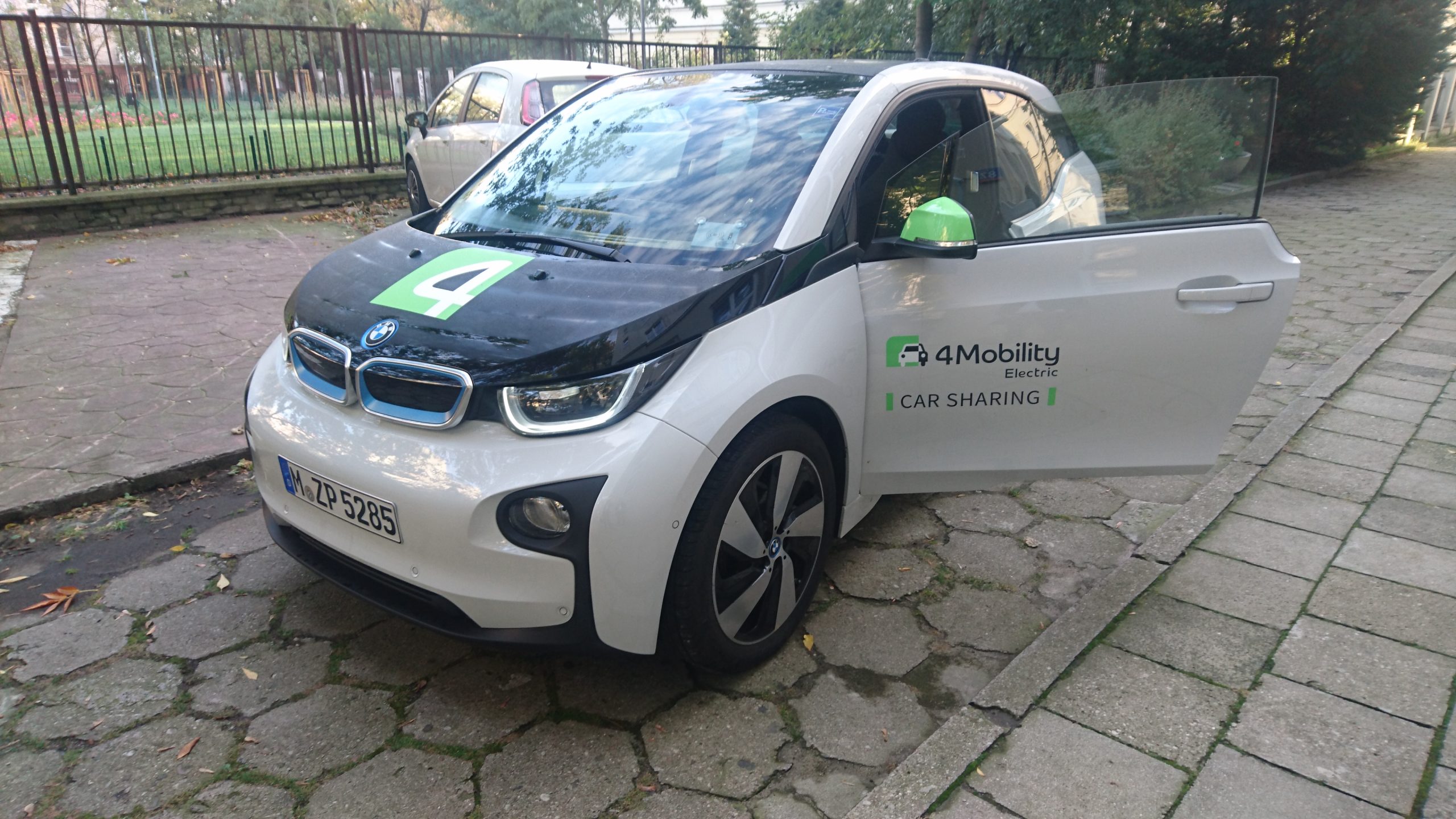
Does car sharing really reduce car use?
The average car sits unused for more than 90% of the time, carries on average just one and a half people and costs on average €6,500 a year to own and run. Each car occupies 150m2 of urban land and still this is not enough – congestion costs the EU economy €100 billion annually. The convenience that made the car a 20th century icon has been eroded by its popularity.
Interested in this kind of news?
Receive them directly in your inbox. Delivered once a week.
Now digitisation and the sharing economy provide the opportunity to reduce the number of vehicles in our cities by up to an order of magnitude and end the appalling costs of pollution, accidents and congestion caused by excessive car ownership and use. One US study indicates the global car fleet could be reduced by a third if sharing schemes were widely adopted. Another in Lisbon shows just 10% of the vehicles could maintain the same level of mobility if shared.
But the transition will not be a painless or easy one as shared and privately owned cars initially compete for space and utilisation producing positive but modest benefits. However the ultimate prize, to reclaim our streets for car domination, would transform the quality of urban living.
Concerns that sharing schemes do not deliver a net reduction in car use are not supported by the overwhelming majority of the evidence, which shows:
* Ride sharing apps do reduce the numbers of vehicles on the road and vehicle kilometres driven; but, as importantly, also encourage a behavioural shift towards multi-modal, sustainable transport which complement public and active forms of transport (cycling and walking).
* Car sharing schemes, whether point-to-point or free floating, also lead to reduced car ownership with studies indicating 5-15 cars are replaced for each shared car added to the fleet.
* Long-distance car sharing services do compete with rail and coach services, however, they also significantly increase car occupancy and reduce emissions per kilometre.
The evidence upon which these conclusions are reached does however lack independence and often transparency about how the data has been compiled. Most studies also lack a baseline against which to properly measure the impact of sharing schemes particularly because the impacts will also vary between cities and schemes. Improving the current research base is important to independently verify company claims of the benefits of sharing. The evidence also suggests that the current transitional period in which shared vehicles compete for road space with private cars reduces their benefits.
To ease and accelerate the transition to shared vehicles the legacies of car domination must be progressively erased. There are four key steps.
* First, we must introduce congestion charges into cities and road pricing onto highways with differential charges for private and shared cars and exemptions for public transport. The recent Commission proposal is an important step in this direction for cars.
* Second, highly polluting cars must be banned from cities and drivers offered mobility budgets if they are willing to scrap their dirty car in favour of public transport and shared mobility options. There are 35 million grossly polluting Euro 5 and 6 diesel cars on Dieselgate scandal. This appalling legacy is contributing to nearly 500,000 premature deaths from the associated air pollution every year.
* Third, the systematic oversupply of parking in cities must be reduced. More parking spaces cause more driving and cities that progressively add more parking experience a growing share of cars commuting. As roadside parking is reduced so can this space be reused for bike or bus lanes, wider pavements, pick up and drop off areas for shared vehicles and other people centred urban developments.
* Finally, we need to get legislation at the national and city level right to embrace and enable innovation and ensure regulatory burdens are not used to protect incumbent operators. New mobility companies need to be provided with an opportunity to compete and achieve a scale that will enable them to replace significant numbers of private cars in urban areas. Public transport providers have had a century to compete with the car and in most instances have done so with limited success.
It would be a missed opportunity if regulatory burdens led to the still-birth of new mobility providers and indirectly the continuation of the dominance of the private car in our cities.
This opinion piece is based on a longer T&E briefing available here.
